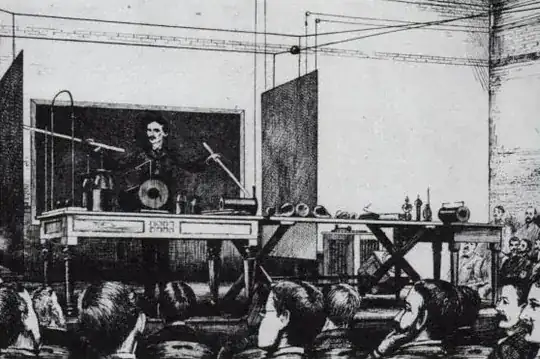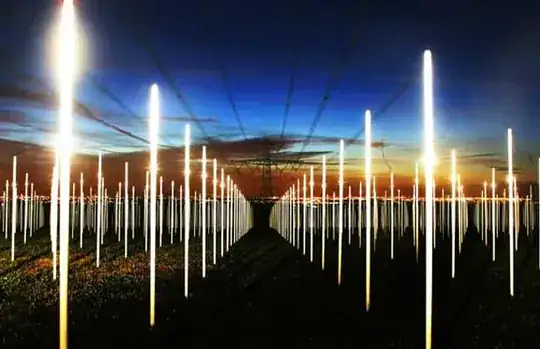TL;DR;
Tesla's Patents and notebooks are available. Tesla was often interviewed and gave public demonstrations.
There's no convincing evidence that he had really discovered a means of transmitting power that could be commercially implemented in the way he envisaged in his "World System".
There's no evidence (that I can find) which proves his system could achieve the 99.5% efficiency he claimed.
Tesla's Secrets
we've lost Tesla's secrets.
By definition, that's impossible to answer, we've also lost Newton's secrets and Edison's secrets. If any. But we know that Tesla's US patent 1119732 for Apparatus for transmitting electrical energy is on public record.
Tesla wrote
I obtained convincing evidence of the feasibility of wireless power transmission on a vast scale for all industrial purposes.
The chief discovery, which satisfied me thoroughly as to the practicability of my plan, was made in 1899 at Colorado Springs, where I carried on tests with a generator of fifteen hundred kilowatt capacity and ascertained that under certain conditions the current was capable of passing across the entire globe and returning from the antipodes to its origin with undiminished strength. It was a result so unbelievable that the revelation at first almost stunned me. I saw in a flash that by properly organized apparatus at sending and receiving stations, power virtually in unlimited amounts could be conveyed through the earth at any distance, limited only by the physical dimensions of the globe, with an efficiency as high as ninety-nine and one-half per cent.
Nikola Tesla's Colorado Springs Notes were published as a book.
Wireless Transmission of Power
Is there any proof that Tesla was actually able to transmit power wirelessly with commercially reasonable efficiency?
Judging from the number of web-sites that cover this topic, a large number of people have looked for this. None of them seem to have found anything commercially exploitable so far.
Colorado Springs. 1899-1900.
Tesla had a lab in Colorado at which he is said to have demonstrated illuminating light bulbs at a distance.
- illuminating light at a few hundred feet
- illuminating light bulbs at a range of five miles
I have not yet found any reliable primary sources for these stories. The reports are brief and certainly contain no data concerning efficiency.
 (from PBS)
(from PBS)
Caption in Century Magazine, June 1900, reads: "The photograph shows three ordinary incandescent lamps lighted to full candle-power by currents induced in a local loop consisting of a single wire forming a square of fifty feet each side, which includes the lamps, and which is at a distance of one hundred feet from the primary circuit energized by the oscillator."
It seems Tesla's focus was on demonstrating feasibility. It seems unlikely he was especially concerned about efficiency at this stage.
Tesla envisaged that his "World System" would be able to transmit power across thousands of miles, point to point, through the earth, with negligible power losses. It would also be able to power aircraft and ships.†
Wardenclyffe. 1900-1917
Tesla's backers provided funds for a long-range communication system, but Tesla was mainly interested in demonstrating the feasibility of his "World System" for wireless power distribution.
Since Tesla's Wardenclyffe Tower never became operational, Tesla was unable to demonstrate the system of power transmission he planned for his "World System"
The failure of this project suggests that Tesla was unable to provide his financial backers with convincing proof that the idea was commercially exploitable.
Efficiency
Is there any data on how efficient Tesla wireless power transmission was?
We've seen above that Tesla claimed 99.5% efficiency.
I haven't read much of the Colorado Springs notes, I have the impression that his demonstrations didn't measure efficiency of power transfer.
I believe his "World System" was intended to work on slightly different principles. In a 1927 article Tesla contrasts his system with power transmission by short wave broadcasting.
Conclusion
For all the reasons given above it seems unlikely that Tesla provided experimental results that demonstrated commercial feasibility with the technology of the day.

(Tesla wireless power - but not his "World System")

(also not Tesla's "World System")
Miscellaneous references
1
2
3
4
5
Footnotes
†(Frankly I find his writings and reported interviews somewhat confusing, but I'll try to provide references for this paragraph in a later edit)
 (from PBS)
(from PBS)
